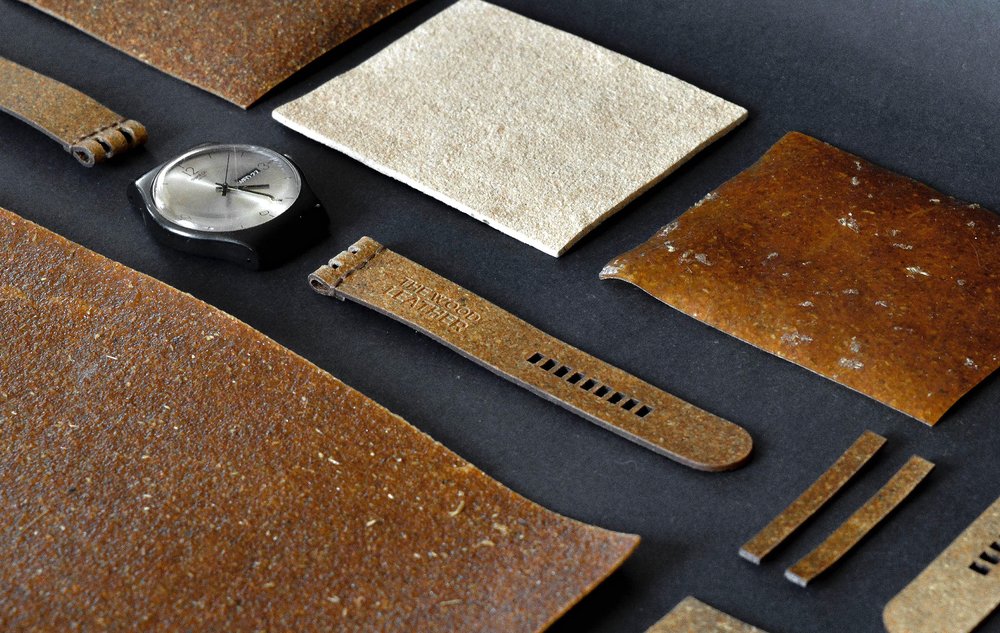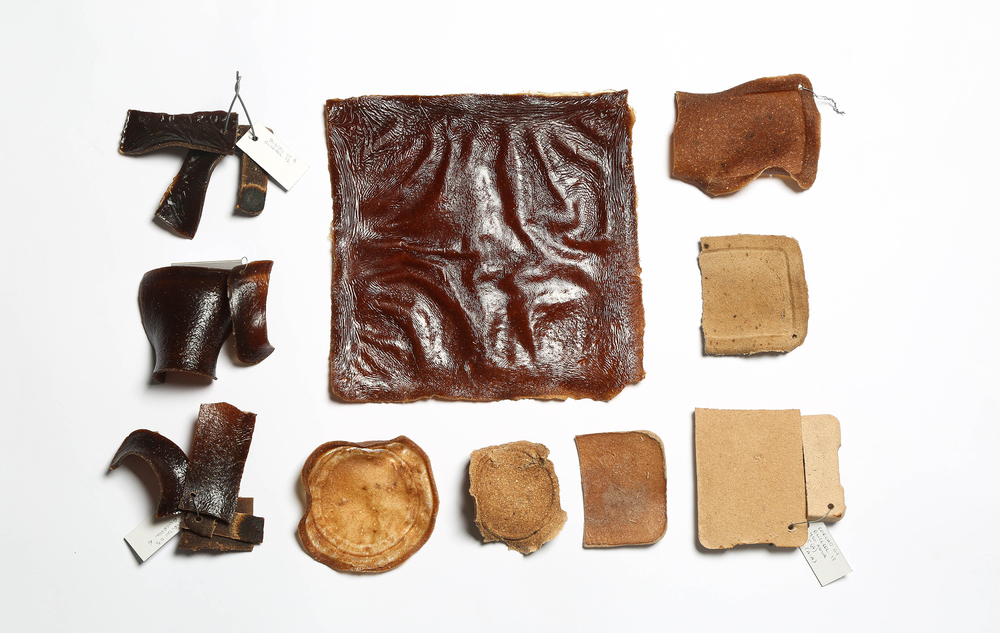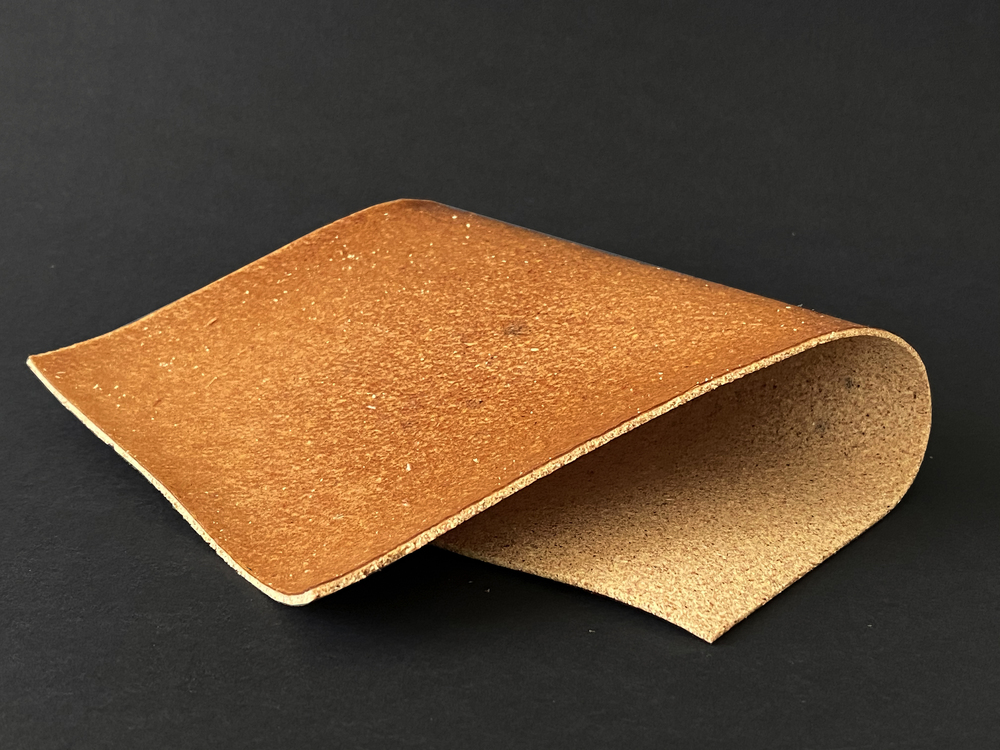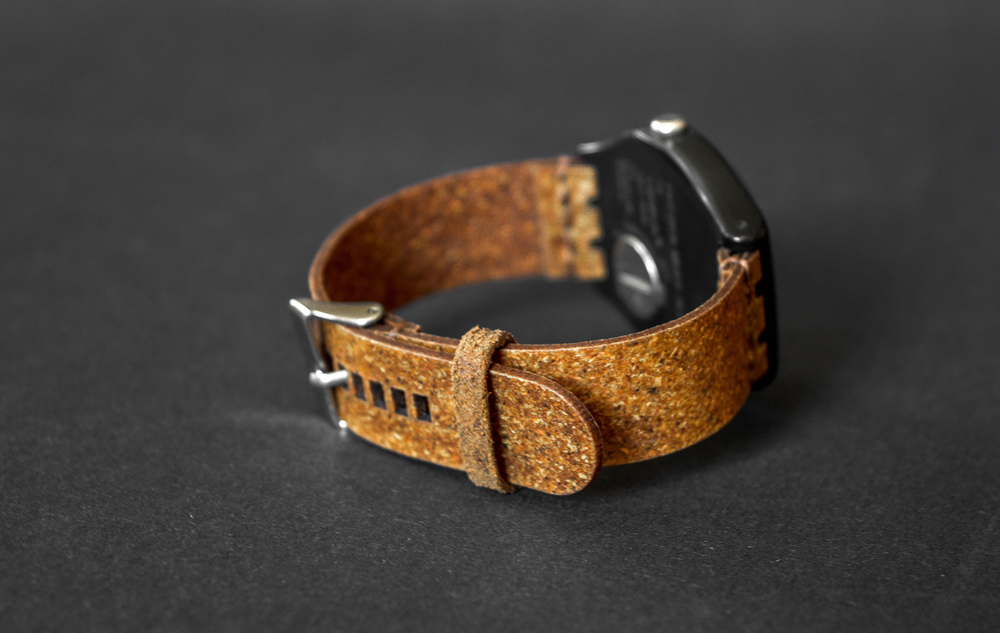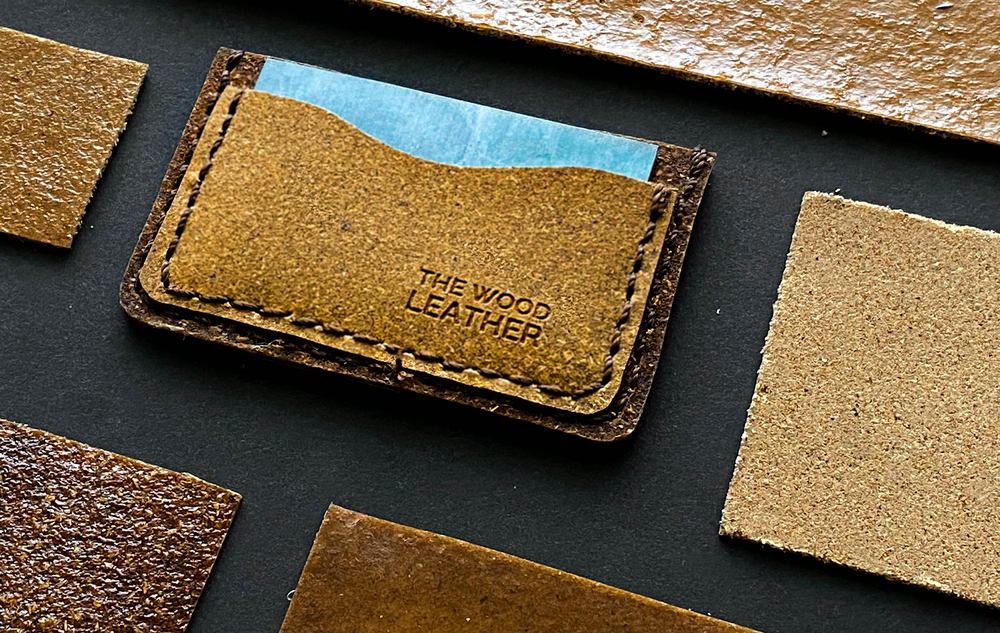Honorable Mention
The Wood Leather
A new way of thinking wood
Solution
The wood leather is a biomaterial-based on sawdust and natural binders, which allows it to be worked as a leather-like textile. The material seeks to rethink the traditional format of wood to be embedded in new contexts, seeking the efficiency of resources around the circular economy and digital manufacturing.
Project Description
The wood leather is a biomaterial-based on sawdust and natural binders, which allows it to be worked as a leather-like textile. The material seeks to rethink the traditional format of wood to be embedded in new contexts, seeking the efficiency of resources around the circular economy and digital manufacturing. For this, sawdust was used as raw material, which in Chile, this material by itself made up 54% of wood waste according to the Ministry of Agriculture (INFOR, 2017). The wood leather could be a sustainable option in the textile industry due to the characteristics of its composition and its production process, in which there is no loss of the water used. The material can be soluble in water, allowing even generate a new cycle, where the material can be “created, discarded and regenerated.”
Overview of the Solution
The need for new materials and sustainable manufacturing processes has been established as a must on product design and its appropriation by society. Reuse, regeneration, and biodegradability have been different approaches to the problem. And even when these actions have made great improvements to technique, discarding those processes that currently represent a large percentage of world production, seems not to recognize that an integration that mitigates the harmful effects and improves the efficiency of consolidated industries could be even a greater strategy to rethink the products we design and consume.
Textile and forest industry have a high impact on the environments and communities they are placed on. Textile industry has high records of water pollution, and forestry has a significant level of misuse of the trees required on the production. According to FAO UN, circa 44% to 55% of the logs in a barn are turned into residues. Even when much of this waste is still used in the making of particle boards or energy supplies such as biomass fuel, a significant percentage of this material ends up not being used.
Therefore, this investigation tackles the integration of wood residues and natural biopolymeric agglomerans, in order to produce a new material textile capacities and a low environmental impact. After running several tests, we have produced a new material based on agar agar, gelatine, glycerine, water, and sawdust. The Wood Leather is characterized by its high fireproof and waterproof capacity, its flexibility, its capacity to be shaped during production, and its degradation. As a laminated element, it can be transformed by laser cutting assisted by computer, apart from the possibility of being punched and sewed with conventional tools.
Therefore, The Wood Leather proposes a material that can be developed locally, using raw material residues from the forest industry, and being a sustainable alternative to the textile market and their products.
PROJECT TEAM
Franco Gnecco, Catalina Fuenzalida and Damián Araos
INSTITUTION
Pontificia Universidad Católica de Chile, Facultad de Arquitectura, Escuela de Diseño, Chile
Category
Product/System
FACULTY/COURSE ADVISOR
Tomás Vivanco
